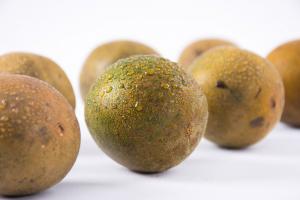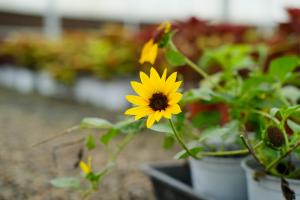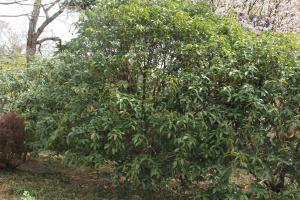Over summer and over winter
The suitable growth temperature of most flowers is 15-25 ℃. If the temperature exceeds 40 ℃ or is lower than the lowest temperature that different flowers can tolerate, flowers will be hurt
Safe summer
The high temperature and strong sunshine in summer often make some temperate plants unsuitable for the extreme heat, making some shade plants vulnerable to sunburn
Therefore, the family can raise flowers by shading, ventilation, spraying water, adjusting the placement of potted flowers and other methods to improve the environmental impact, reduce the temperature, and make the flowers spend the summer safely
Safe wintering
Frost damage and frost damage in winter have a great impact on the growth of flowers. Some flowers that are not resistant to cold will die due to frost. In autumn, plants are still in the growth period, and some flowers suffer from early frost. After dormancy in spring, plants began to sprout and germinate. At this time, they were hit by late frost and the damage was also very serious
During frost fall, the vulnerable flowers can be protected by covering with soil or film in courtyard cultivation. The potted flowers on the balcony can be protected by building a plastic shed on the south wall. When it is cold in the evening, the top and surrounding of the shed should be covered with woven bags or gunny bags to keep warm
Glass enclosed balconies have been installed. Milan, Fusang, crab claw orchid, he's impatience, variable leaf wood, etc., which are not resistant to cold, should be moved indoors and covered with transparent plastic bags to protect the winter
In order to increase the cold resistance of flowers and trees in winter, watering should be controlled in management, but it is still necessary to supplement water in time according to the situation. Due to negligence of management, dry death often occurs in family flower raising in winter

Pest control
The principle of "prevention first" should be mastered in the prevention and control of diseases and pests by family flower raising. Strengthen management, improve the ventilation conditions of the growth environment, do a good job in fertilizer and water management and pruning, make the flowers and trees grow and thrive, enhance their resistance to diseases and pests, and timely remove dead branches and leaves to prevent the spread of diseases and pests
Pest
Chewing pest
Damage the roots, stems, leaves, flowers and fruits, and the damaged parts have notches, perforations, holes, etc. Such as green worm, thorn moth, longicorn beetle, crab grub (beetle larva), etc
Use stomach poison, contact pesticide, such as trichlorfon, trichlorfon, fenpropathrin, phoxim, etc
Absorptive pest
Pests use mouthparts to stab into plants to absorb juice. Such as, aphids, scale insects and red spiders (MITEs), the damaged stems and leaves appear spots, shrinkage, discoloration and other symptoms
Contact killing and inhaling pesticides were used to control, such as dimethoate, chlorhexidine and so on
Disease
Fungal diseases:
When invaded by fungi, mildew and powder can be seen on the surface of the host. Symptoms include sudden collapse, withering, spots, scabs, mildew, wilting, etc
The main drugs are carbendazim, tolbuzine methyl, chlorothalonil, etc
Bacterial diseases:
Damaged by bacteria, the leaves appear watery and translucent spots, which are limited by leaf veins. The soft organs are necrotic, sticky and smooth, and have a bad smell. For the diseased stem with wilting, the vascular bundle can be seen browning in cross section
The main drugs are Jinggangmycin, agricultural streptomycin, etc


 how many times do yo...
how many times do yo... how many planted tre...
how many planted tre... how many pine trees ...
how many pine trees ... how many pecan trees...
how many pecan trees... how many plants comp...
how many plants comp... how many plants can ...
how many plants can ... how many plants and ...
how many plants and ... how many pepper plan...
how many pepper plan...






























